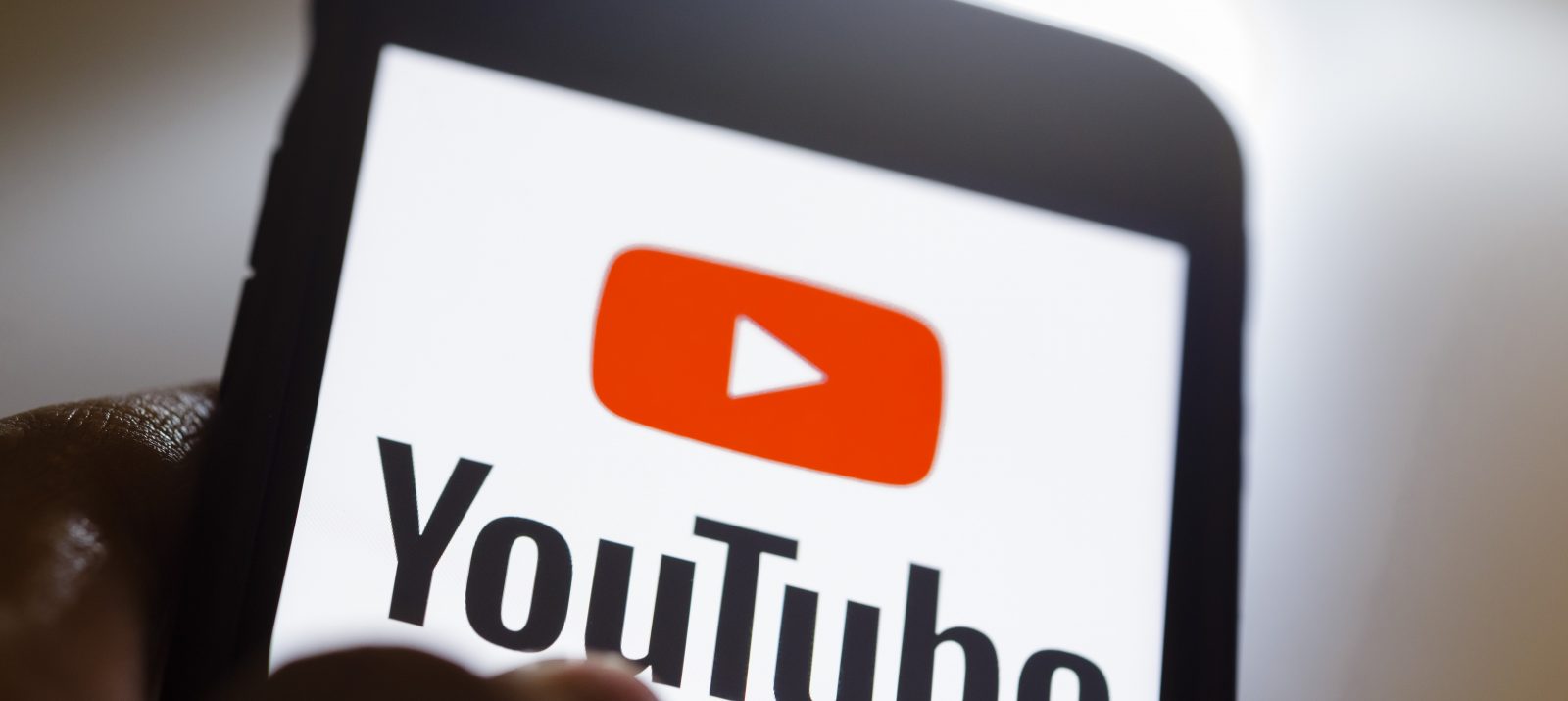
Television is dead – at least if you ask the younger generation. Children and young people today watch YouTube on their cell phones or tablets. But what exactly is it?
YouTube is currently the largest and most popular video portal in the world. Children and young people can watch countless videos on a wide range of topics and from various producers. But you can also upload your own videos, rate and comment on others’ videos, and exchange ideas with other users in the community.
YouTube offers something for everyone: kids and teens can find countless videos, topics and channels for all ages and interests. The content comes from all over the world, there are videos from professional channels (music videos, shows, children’s series, celebrities, successful YouTubers). But also private users download videos around computer games (e. g. B. Let’s Play videos), tutorials to follow, funny challenges and insights into their everyday life.
Many children and young people identify with YouTube stars and subscribe to channels they like. There, they watch 60-second smartphone videos on YouTube Shorts, the common 10-minute videos, or entire movies and series with a YouTube Premium subscription. Professional live streams of events take place via the YouTube Live function, but private individuals can also stream live with simple technology.
“YouTuber” is seen by some children and young people as a career aspiration and they would like to start their own video channel. Basically, it’s a great way to express yourself creatively. However, there are also some things that need to be considered. That’s why we have summarized the most important facts for you in this article:My child wants to become a YouTuber
It is a worldwide user community, with a huge range of content, new videos uploaded every second and countless comments. Therefore, there is a potential risk that young people may encounter content that is not suitable for them or may even be developmentally harmful. Videos can be e.g. show violent, offensive or disturbing content, encourage risky behavior, contain hidden advertising or are simply not age-appropriate for young users. Also, the comments under the videos may contain violence, hatred, insults or harassment.
When adolescents produce their own videos, they run the risk of revealing personal information about themselves or even friends and family members. If others are seen in the video without being asked, this may constitute a violation of the right to one’s own image. Children and young people can infringe copyright when using music or other video clips.
The portal is free of charge and contains advertisements and commercial content, e.g. commercials inserted before or between videos. Sponsored content or product placements may be difficult for adolescents to recognize and see through. Caution is also advised when entering sweepstakes on YouTube.
YouTube is a subsidiary of the Google Group. Anyone who wants to upload, subscribe or comment on videos needs a Google account. The minimum age for use in Germany is 16. An exception applies if a parent has allowed their child, who is at least 13 years old, to use the service through Family Link. In principle, all minors need the permission of their parents.
YouTube educates users about appropriate content and respectful interaction with its community guidelines. The provider is basically not responsible for the content of the uploaded videos, but deletes videos that contradict the guidelines. Pornography is banned on YouTube to protect children and young people. The same applies to content that promotes self-injurious behavior or that endangers the emotional and physical well-being of minors. Certain videos are therefore only visible to logged-in users who are 18 years or older. Even though YouTube itself uses various tools to filter out inappropriate content, user feedback is also important. You have the option to report content so that it may be deleted or even prosecuted.
YouTube uses upload filters that check whether images, music or videos in them are protected by copyright when they are uploaded. YouTube is thus acting in accordance with the EU copyright reform of 2019. The video platform informs: Only those who have the permission of the rights holder may use copyrighted material.
Since YouTube offers a confusing variety of videos, you should not leave your child alone with it. Accompany them in their first steps and discuss the possibility of reporting content. Let your child have their first experience on
YouTube Kids
where there is a safe framework.
If you decide your child is mature enough for the “real” YouTube, first make use of the restricted mode, which hides certain content, such as violence or nudity. Parents can activate the restricted mode to prevent their children from seeing such content as much as possible.
Be open if your child wants to produce their own videos. It’s a great way to get creative first. That said, discuss what topics and content will be in the videos. This also concerns whether and how much personal information other users might learn from them as a result. Be sure to discuss the ability to set videos to private or unlisted. This means that others can either not see these videos at all (“private”), or the videos can only be seen by those who have the link to them (“unlisted”) – they are then not displayed in the search.